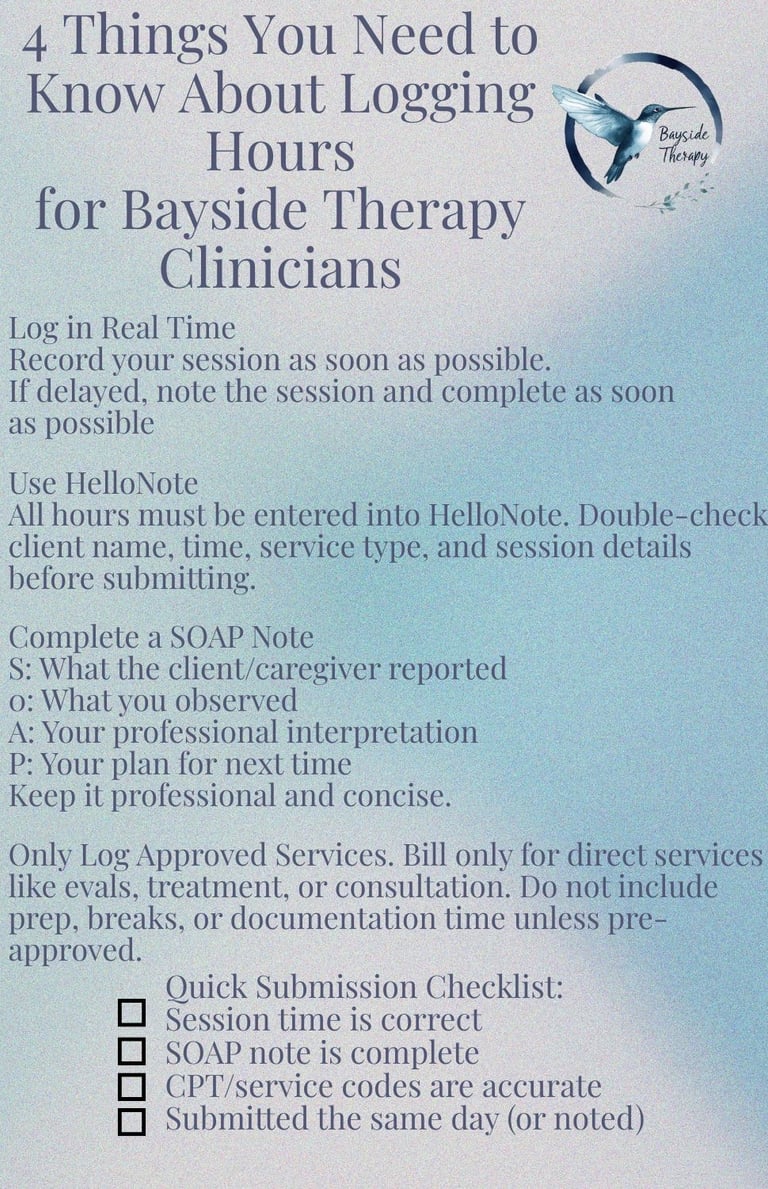Instructional Design in Action
Attendance Training Video – Bayside Academy
At Bayside Academy, daily attendance is more than a checkbox—it’s tied to student engagement, funding, and accountability. But keeping that process smooth across multiple classrooms and staff members? Not so easy.
We built a custom attendance app using Glide, designed for quick access and mobile-first workflows. The challenge? Training staff to use it consistently and correctly—without overwhelming them.
So I designed a short-form instructional video using Doodly to address this challenge. More than a tech demo, it was a guided learning experience built on the ADDIE model. I used the Analysis phase to gather staff pain points, the Design phase to storyboard content, and the Development and Implementation phases to produce a video that’s easy to follow, visually scaffolded, and framed around real teacher workflows.
The TPACK framework also influenced this project—I blended the technology (Glide + Doodly), the pedagogy (step-by-step modeling, minimal cognitive load), and the content knowledge (attendance procedures, tutoring options) to make it immediately usable in context.
From a learning theory standpoint, I applied situated learning by showing the app in the same environment where it would be used (mobile devices, real screens), and cognitive load theory by keeping the video under 90 seconds with simple visuals and narration.
This training tool is now embedded in our staff onboarding process and accessible on demand. Post-deployment feedback shows a drop in training requests and a 100% task completion rate on first try among new hires—a sign that the design did more than inform. It empowered.
Tools Used
Glide App
Doodly Animation
Screencasting + Voiceover
Bayside Staff Feedback Loop
My Role
Instructional Designer & Media Creator
I led every phase—from needs analysis to scriptwriting, animation, and iterative review using staff feedback.
Check out the video here

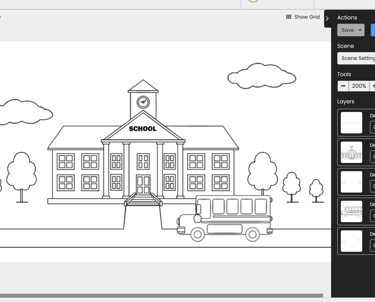
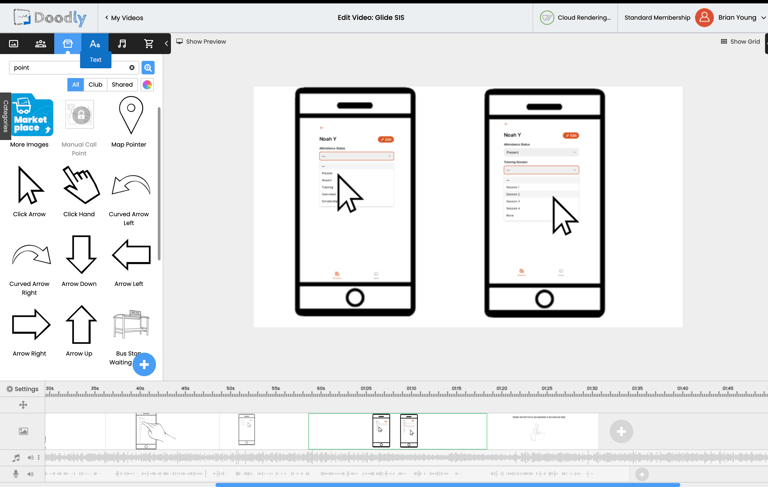

Jamf iPad Deployment
Scalable Device Management for a Micro-School Network
At Bayside Academy, managing iPads used to mean manual setup, mismatched settings, and too many “why isn’t this working?” moments. As the school grew—and so did its reliance on tools like MiAcademy, Prodigy, and Khan Academy—it became clear we needed a more intentional system.
I led the implementation of a Jamf School MDM solution, fully integrated with Apple School Manager and DEP-enrolled devices. This wasn’t just a tech upgrade—it was a strategic instructional design move. I used the ADDIE model to guide the process:
Analyze: I identified core pain points—limited oversight, inconsistent setups, and high support volume.
Design: I crafted a role-based device structure where teachers, students, and admins had tailored access.
Develop: Smart Groups, profiles, and shared iPad workflows were built to reflect the day-to-day instructional environment.
Implement: Devices were deployed with clean provisioning pipelines and a user-friendly dashboard.
Evaluate: I tracked support tickets and surveyed staff—finding a 70% drop in issues within the first month.
The project was also grounded in TPACK—specifically, it supported Technological Pedagogical Knowledge by making tech usable in context. Teachers didn’t just gain new devices; they gained tools that aligned with their teaching goals. The training focused on how to manage apps and settings without losing instructional flow, bridging the gap between tech infrastructure and classroom reality.
Even Bloom’s Taxonomy played a role. By ensuring tech consistency, we empowered teachers to move beyond low-level troubleshooting (Remembering/Applying) and into higher-order instructional tasks (Analyzing/Evaluating/Creating). Students were no longer stuck at the “login loop” level—they could engage with rich digital content faster and more reliably.
This wasn’t just about tech management—it was about unlocking better teaching and learning through intentional design.
Tools Used
Jamf School
Apple School Manager
Smart Groups & Shared iPad Configuration
Role-Based MDM Profiles
My Role
Tech Administrator & Deployment Strategist
I designed the deployment structure, configured every layer of the system, trained teachers, and provided ongoing support. The work bridged IT and instructional design—putting usability and sustainability at the center.
Outcomes
Reduced support tickets by 70%
Enabled same-day device replacement and provisioning
Increased teacher confidence and autonomy with tech
Created alignment between tech systems and instructional goals
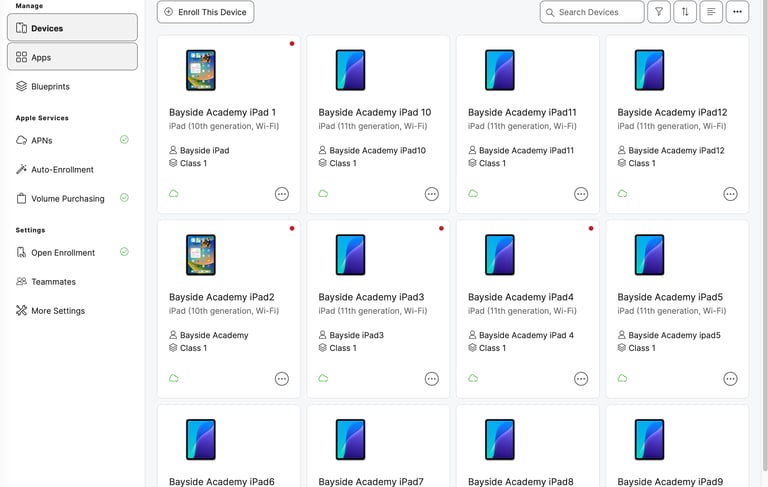

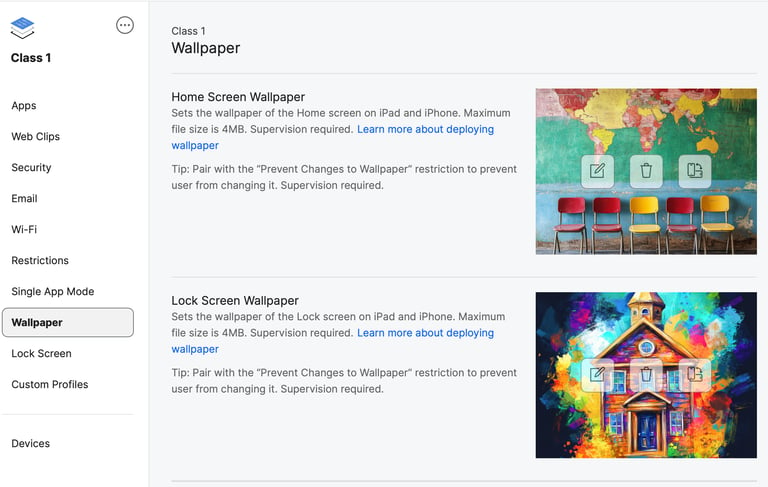

3Ps Flipbook System – Blending Physical Materials with Cognitive Scaffolding
Overview
The 3Ps Flipbook System—Puzzle → Problem → Prompt—is an original Bayside framework I designed to support independent enrichment in K–6 learning environments. Born from the need to provide meaningful post-core activities in a low-tech, tactile format, the system is equal parts clever and practical.
Each flipbook page guides students through a scaffolded cognitive journey:
Puzzles spark curiosity, build pattern recognition, and develop critical thinking.
Problems encourage the application of skills, decision-making, and productive struggle.
Prompts invite reflection, extension, or creativity—often using short video clips, writing, or light AR experiences.
The goal is simple: reinforce learning and encourage autonomy without requiring constant teacher oversight.
Design in Action
At Bayside Academy, the 3Ps Flipbook System is used for students who finish core work early and need structured independence. Each page includes clear instructions and a QR code linking to a video or AR element. A matching worksheet folder system allows students to retrieve and complete tasks independently, adding their work to a physical portfolio reviewed during student-led conferences and evaluations.
This design honors the balance between independence and accountability, giving students freedom of pacing while maintaining visible evidence of progress.
Instructional Design Backbone
The 3Ps system is anchored in established theory and instructional design models:
Bloom’s Taxonomy structures the cognitive progression—moving from recognition (Puzzle), to application (Problem), to synthesis/extension (Prompt).
Vygotsky’s Zone of Proximal Development (ZPD) is reflected in scaffolded tasks that encourage self-paced challenge within reach, supported by just-in-time prompts.
Cognitive Load Theory (CLT) informs the format—tasks are intentionally streamlined and free of extraneous detail to minimize overload.
ADDIE Framework shaped development: analysis of classroom needs, design of scaffolded progression, development of prototype materials, implementation at Bayside, and iterative evaluation through student/teacher feedback.
By blending physical and digital elements, the model provides structure while nudging students into deeper, independent thinking.
My Role
Designed the original framework and its theoretical underpinnings.
Created prototype flipbooks and assembled sample sets.
Produced example videos and QR-linked AR experiences.
Trained teachers on classroom integration.
Authored the public-facing blog post that introduced the system, tying it to Bayside’s educational philosophy and long-term portfolio model.
Impact
Early implementation showed students were more engaged, independent, and confident in managing post-core time. Teachers reported reduced interruptions and more consistent student output. Parents appreciated the tangible portfolio evidence of growth, strengthening the home-school partnership.
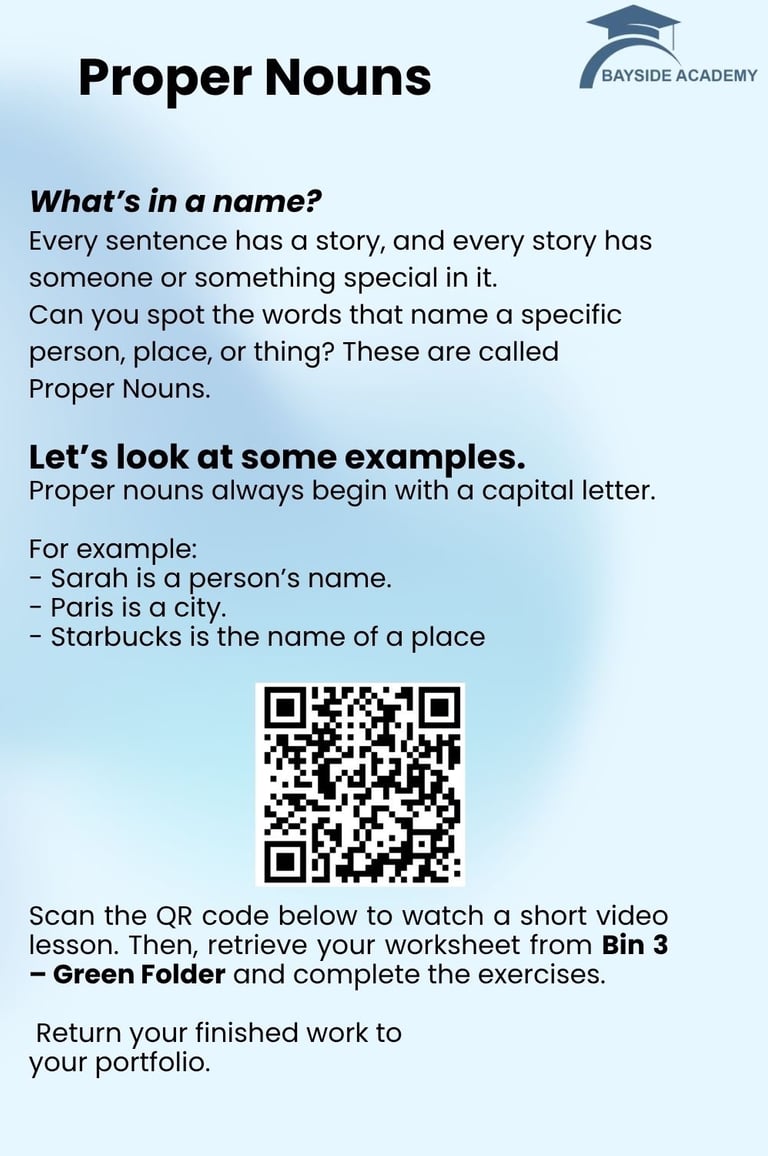

Student Podcast Series
Amplifying Voice Through Media & Public Speaking
Overview
At Bayside Academy, we wanted a more authentic way for students to practice public speaking—something that felt less like a staged performance and more like a genuine conversation. The solution was podcasting. This project gave students a platform to explore storytelling, tone, pacing, and voice in a low-pressure yet highly creative format.
Design in Action
Students brainstormed topics they cared about—ranging from pets to space exploration to sibling dynamics—and drafted scripts that balanced structure with individuality. Scripting was framed as a tool for clarity rather than a constraint.
Hands-on mini-lessons covered:
Microphone technique and vocal projection
Audio layering and sound design
Editing in GarageBand for clean, polished output
Each student produced a 3–5 minute episode with music, branded intro/outro, and smooth transitions. Cover art was designed in Canva, and scripts were refined in Google Docs, creating a full production pipeline from concept to publishable product.
Instructional Design Backbone
This project drew on several instructional design and learning theories:
Constructivism – Students built knowledge through authentic, hands-on media creation, learning by doing rather than rote rehearsal.
Narrative Pedagogy – Storytelling anchored the design, giving students personal ownership of content while practicing audience awareness.
Universal Design for Learning (UDL) – The project offered multiple means of engagement (topic choice), representation (visual/audio elements), and expression (scripts, speech, and editing).
Experiential Learning (Kolb) – The cycle of drafting, recording, editing, and reflecting created iterative growth and skill reinforcement.
My Role
I served as both Instructional Designer and Media Coach, responsible for:
Designing the project framework and instructional sequence
Developing script templates and branded intros/outros
Providing direct coaching on audio production skills
Facilitating student reflection and peer feedback sessions
Impact
Boosted confidence: Students became more comfortable sharing ideas in front of others.
Built practical media literacy: Learners gained transferable skills in digital storytelling and audio production.
Strengthened family-school connections: Parents could listen to polished episodes, deepening pride and engagement.
Created a replicable framework: The structure is now part of Bayside’s enrichment toolkit and can be reused with future cohorts.
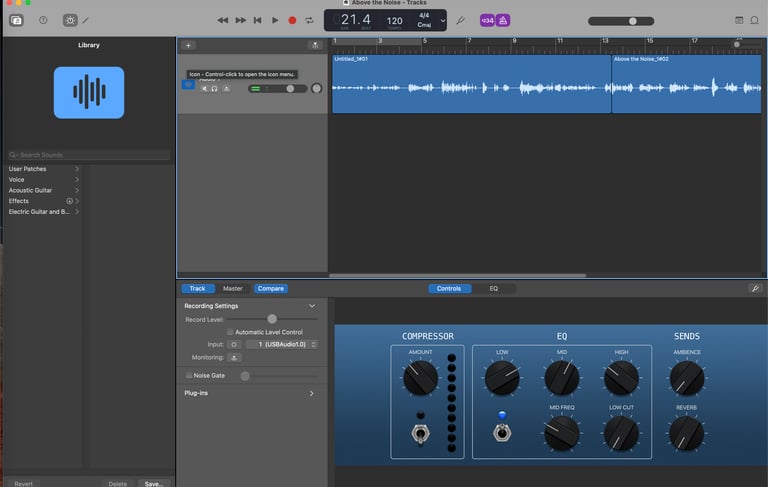

Project-Based Learning: Entrepreneur Unit
Overview
At Bayside Academy, we believe students learn best when they’re given the space to build, question, and create. The Entrepreneur Unit was designed to transform middle and high school students into makers and thinkers by challenging them to develop a business idea from concept to pitch.
This was not just a fun side project—it was a deeply instructional experience that blended creativity, critical thinking, and applied learning. Students worked in teams to brainstorm ideas, conduct market research, build prototypes or models, and ultimately deliver a formal pitch to peers, faculty, and invited guests.
Design in Action
The unit was structured as a full PBL (Project-Based Learning) cycle:
Ideation – Students generated and refined business concepts based on interests and observed needs.
Research & Development – Teams conducted market analysis, financial planning, and prototype design.
Iteration – Guided checkpoints and feedback sessions encouraged reflection and revision.
Pitch Showcase – Students presented to an authentic audience of peers, faculty, and community members.
Throughout the process, students practiced communication, problem-solving, collaboration, and resilience, all within an authentic, real-world context.
Instructional Design Backbone
This unit drew from several instructional design theories and models:
Merrill’s First Principles of Instruction – Students activated prior knowledge (personal experiences with products/services), observed demonstrations (case studies of entrepreneurs), applied learning through project work, and integrated skills via peer feedback and public presentation.
Constructivism – Knowledge was built through authentic problem-solving, with meaning shaped by experience and collaboration.
Vygotsky’s Zone of Proximal Development (ZPD) – Each stage was scaffolded with just-in-time support, enabling students to stretch their abilities while relying on collaboration and mentorship.
Authentic Assessment – Evaluation focused on performance tasks (pitches, prototypes, reflections) rather than tests, aligning outcomes with real-world skills.
My Role
I served as Instructional Designer and Facilitator, responsible for:
Designing the unit framework, rubrics, and timelines
Guiding interdisciplinary integration with ELA, math, and digital design
Leading mini-lessons on branding, communication, and presentation skills
Mentoring students through ideation, research, and pitch development
Coordinating the final showcase event and providing evaluative feedback
Artifacts & Deliverables
Student pitch decks and prototypes
Rubric-based evaluations and peer reviews
Event materials for the final showcase
Student reflection journals
Impact
This project captured everything I value about instructional design: learner-centered planning, authentic assessment, and joyful discovery. Students walked away not only with a grade, but with confidence, purpose, and a deeper understanding of how ideas become reality.




Staff Onboarding Guide – Designing for Clarity and Confidence
Overview
New team members shouldn’t have to guess how things work. Whether stepping into a classroom or joining a therapy team, the onboarding process should reduce stress, not create it. To support this, I designed a simple, scalable onboarding guide that gives new hires what they need on day one: clear expectations, system access, a sense of who’s who, and a roadmap for finding what they need—without overwhelming them.
Design in Action
Bayside Academy and Bayside Therapy were growing quickly and adding staff, but lacked a unified onboarding process. Information was often shared informally through verbal instructions or scattered documents, leading to confusion, repeated questions, and reduced confidence for new hires.
The solution was a single-page onboarding guide centered around four foundational questions every new hire asks:
What am I responsible for?
What systems will I use, and how do I log in?
Who do I go to for help?
Where can I find what I need?
The design emphasized visual clarity and progressive disclosure of information—keeping the core onboarding approachable and scannable, while linking to deeper resources and role-specific materials.
Instructional Design Backbone
The onboarding guide was grounded in instructional design theory:
Cognitive Load Theory – Content was streamlined to reduce overwhelm, focusing on essential tasks and support structures.
Backwards Design – I identified the desired outcomes (confidence, clarity, consistency) and built the onboarding experience to directly achieve those goals.
Systems Thinking – The guide was designed as a living resource that connects people, processes, and platforms across multiple campuses and departments.
Adult Learning Theory (Andragogy) – Recognizing that staff bring prior experience, the guide provided autonomy and quick access to what they needed, avoiding unnecessary detail.
My Role
I served as Instructional Designer, Systems Architect, and Content Developer, responsible for:
Designing the guide structure and visual layout
Creating editable templates (print + digital)
Establishing folder structures and linked resources
Producing optional video walkthroughs for additional clarity
Artifacts & Deliverables
Editable onboarding template (PDF + interactive digital version)
Campus/department folder structure for linked resources
Video walkthrough (optional supplement)
Impact
Reduced redundancy by minimizing repeated admin questions during onboarding
Created consistency across campuses and departments
Boosted confidence of new hires by giving them a clear, supportive entry point
Established scalability with a flexible template that can be customized per role or department
